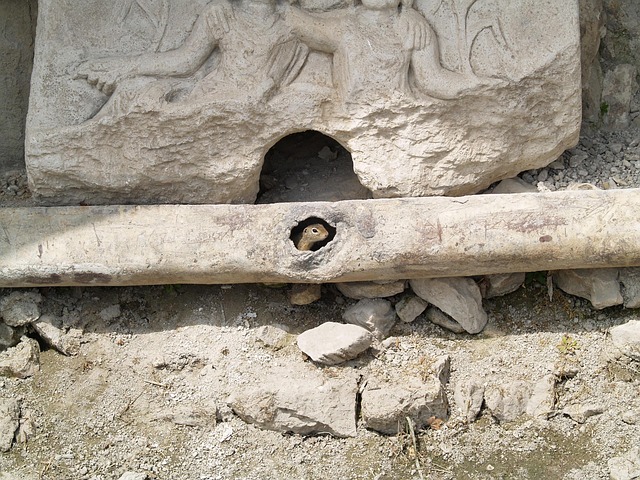
Cranial Kinesis
Understanding Cranial Kinesis
Cranial kinesis might sound like a complex term, but at its core, it refers to the movement of skull bones relative to one another. This fascinating adaptation is primarily linked to how different animals feed. In the animal kingdom, the structure of the skull can reveal a lot about an animal’s dietary habits and evolutionary history. 🌍
The Basics of Cranial Kinesis
Most vertebrates exhibit some form of cranial kinesis, but the degree and type of movement can vary widely. For instance, reptiles like lizards show a certain level of skull flexibility, allowing them to capture prey more efficiently. In contrast, animals such as crocodiles have rigid skulls that maximize bite strength, which is essential for their hunting strategy.
Why Does It Matter?
The presence or absence of cranial kinesis can tell us a lot about an animal's feeding strategies. Animals that rely on powerful bites, like crocodiles, have evolved to have a more rigid skull structure. This rigidity helps them exert maximum force when capturing prey. On the other hand, species that need to manipulate their prey or suck food in, like some birds and lizards, benefit from a more flexible skull.
Different Degrees of Kinesis
When we explore cranial kinesis further, we see that not all animals are created equal. Here’s a brief look at how various groups of vertebrates approach this:
- Mammals: Most mammals, including humans, have akinetic skulls. This means their skull bones are fused and do not move relative to each other. The exception might be hares, which have a slight degree of movement. The lack of kinesis in mammals is likely linked to the need for a secondary palate, which aids in suckling.
- Birds: Birds show a fascinating range of cranial kinesis. Parrots, for instance, exhibit significant skull movement, which helps them manipulate food and communicate effectively. This flexibility is crucial for their survival and social interactions.
- Reptiles: Among reptiles, crocodilians and turtles are examples of species with minimal cranial kinesis. In contrast, lizards have a more flexible skull structure, allowing them to adapt their feeding techniques.
The Evolutionary Perspective
Cranial kinesis is not just a quirky trait; it’s a product of evolution. The evolutionary pressures that shaped the skulls of different species are closely tied to their feeding habits and ecological niches. For example, the need for suction during suckling in mammals has led to a more rigid skull structure, while the diverse diets of birds have encouraged greater flexibility.
Conclusion
In summary, cranial kinesis is a remarkable aspect of vertebrate anatomy that reflects the diverse feeding strategies across the animal kingdom. From the rigid skulls of crocodiles to the flexible structures of parrots, the way skulls move—or don’t move—tells a fascinating story of adaptation and survival. Understanding these differences not only deepens our appreciation for the complexity of life but also highlights the intricate connections between form and function in nature. 🐾
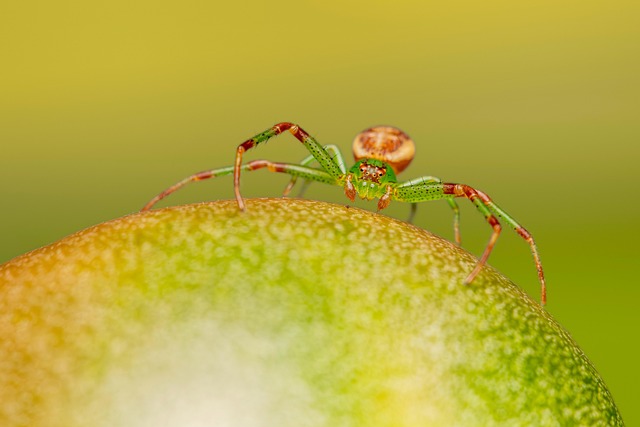













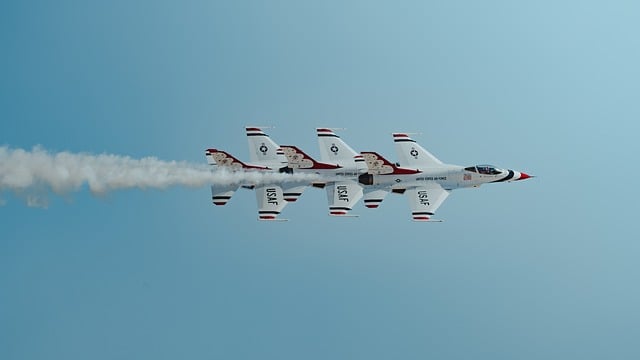
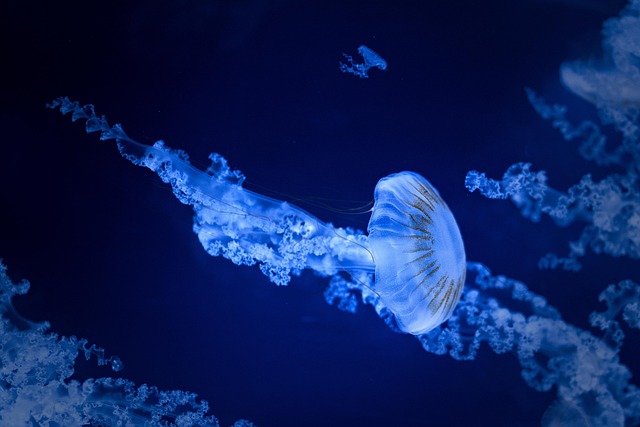
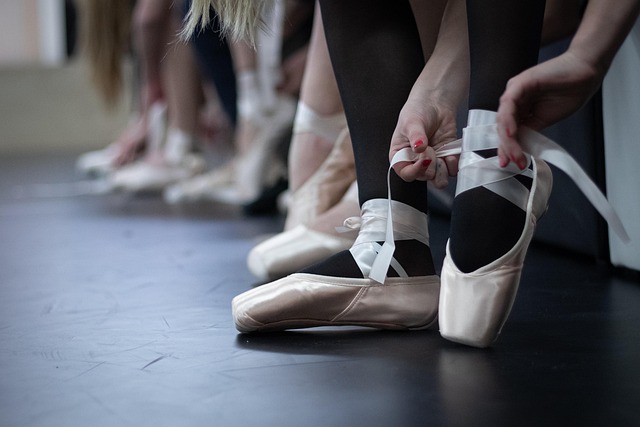
 Grade Improvement in Vit Bhopal
Grade Improvement in Vit Bhopal 
 Health
Health  Fitness
Fitness  Lifestyle
Lifestyle  Tech
Tech  Travel
Travel  Food
Food  Education
Education  Parenting
Parenting  Career & Work
Career & Work  Hobbies
Hobbies  Wellness
Wellness  Beauty
Beauty  Cars
Cars  Art
Art  Science
Science  Culture
Culture  Books
Books  Music
Music  Movies
Movies  Gaming
Gaming  Sports
Sports  Nature
Nature  Home & Garden
Home & Garden  Business & Finance
Business & Finance  Relationships
Relationships  Pets
Pets  Shopping
Shopping  Mindset & Inspiration
Mindset & Inspiration  Environment
Environment  Gadgets
Gadgets  Politics
Politics 